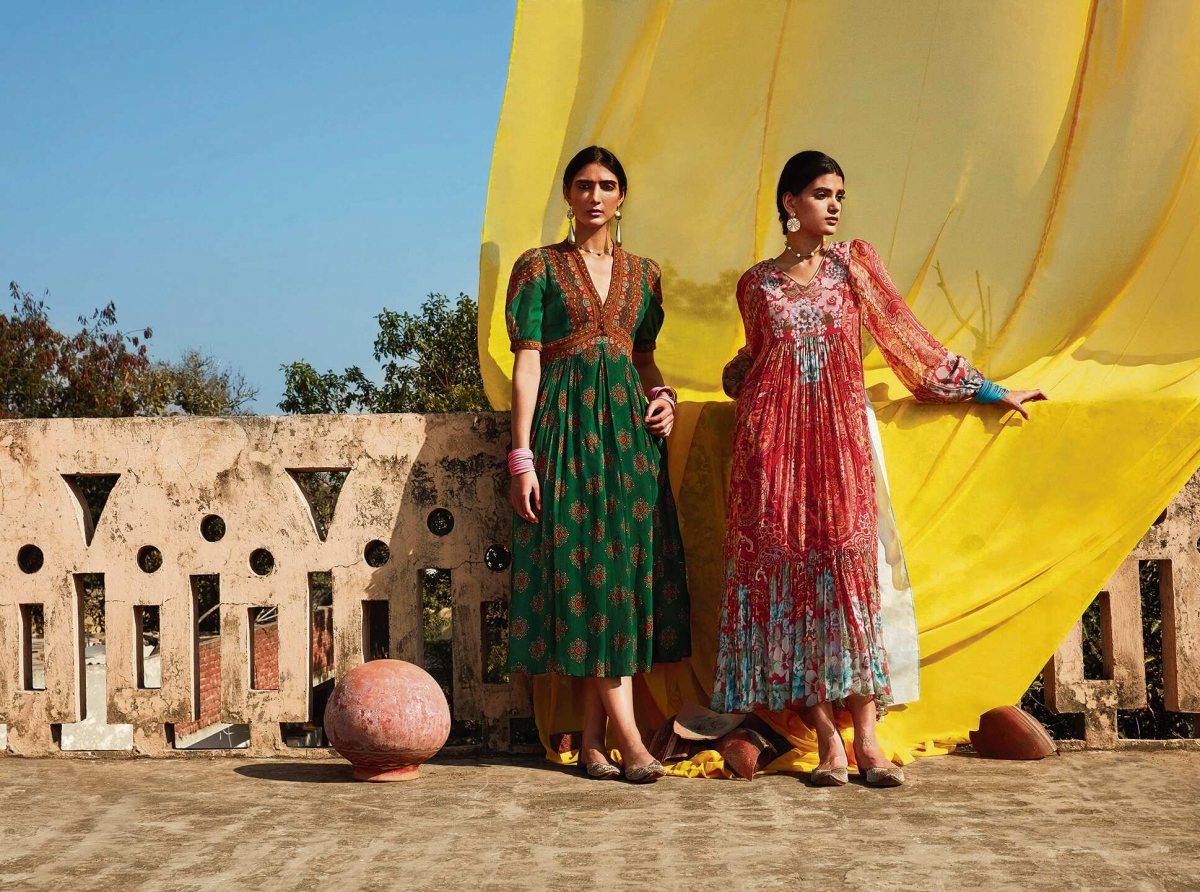Back to roots can help Indian fashion remain relevant in changing times

20th July 2021,Mumbai:
In the 1990s, liberalization encouraged Indian designers to revive traditional motifs and create their own fashion language. And now, the pandemic is again reminding them to focus on their rich design heritage rather than looking westwards for inspiration. The Indian fashion industry has its roots in pre-colonial era when handlooms and handicrafts dressed up royals and commoners with equal elan. British rule set these traditional Indian crafts back in centuries as factory-made goods flooded Indian markets.
Liberalization propels growth of domestic fashion
The faith in India’s handloom sector was restored by Mahatma Gandhi’s swadeshi movement that focused on growing the domestic textile sector to meet export demands. Liberalization of the 1990s further propelled the development of Indian fashion industry as a means of creative expression through the use of local materials.
In these 30 years, the number of fashion brands has grown almost 30 times, estimates management consulting firm Third Eye. A 2019 McKinsey study predicts, over 300 international fashion brands will open stores in India in the next two years. Despite the pandemic, the value of Indian textiles and apparel industry is expected to reach $59.3 billion (about Rs 4.12 trillion) in 2022.
Shining on the international stage
Liberalization made Indian designers work harder to create new stories through clothes, says Anil Chopra, Former CEO, Lakmé Lever. The opening up of India’s previously tightly controlled trade barriers encouraged them to work towards making a mark on international stage, he adds. Designers including Ritu Beri, Rahul Mishra and Vaishali Sadangule began making a mark at the Paris Couture Week. It was a period when designers could achieve their dreams, says Ritu Beri. The entry of designer Anita Dongre in 1995 led to the launch of five brands—two high street labels, a prêt label, a couture label and a jewellery brand.

The setting up of the Fashion Design Council of India (FDCI) furthered the fashion business. Designers like Manish Arora took the world by storm with whimsical designs and prints. The beginning of Lakmé India Fashion Week in 1999, and the Amazon India Fashion Week and India Couture Week in the 2000s, helped upcoming designers showcase their creations on a wider platform.
Looking inwards for inspiration
The pandemic has hit the industry hard. However, designers see it as a temporary setback and are roaring to return with new launches. Designer Hemant Trevedi is set to relaunch his label after 40 years. He believes, Indian designers do not require validation from Westerners to prove their potential. They only need a clear map to move ahead. Indian luxury brands need to become more transparent about their values and ethics, insists Chopra. They need to follow up their ‘green’ and sustainable claims with suitable actions.
Related News:
Industry Associationss Seek Thoughtful Revision in Draft E-Commerce Rules
Already, young Indian designers are focusing on local textiles and prints, opines designer Rahul Mishra, who recently showcased his travel-inspired collection at the Paris Couture Week. The true potential of Indian designers lies in getting back to their roots and creating clothes that are good not only for the environment but also for the wearer and artisan. Ultimately, they need to ultimately aim to achieve this goal sums up Ritu Kumar.
Read News:
Snapdeal flips business model to target 'value-conscious consumers’
























